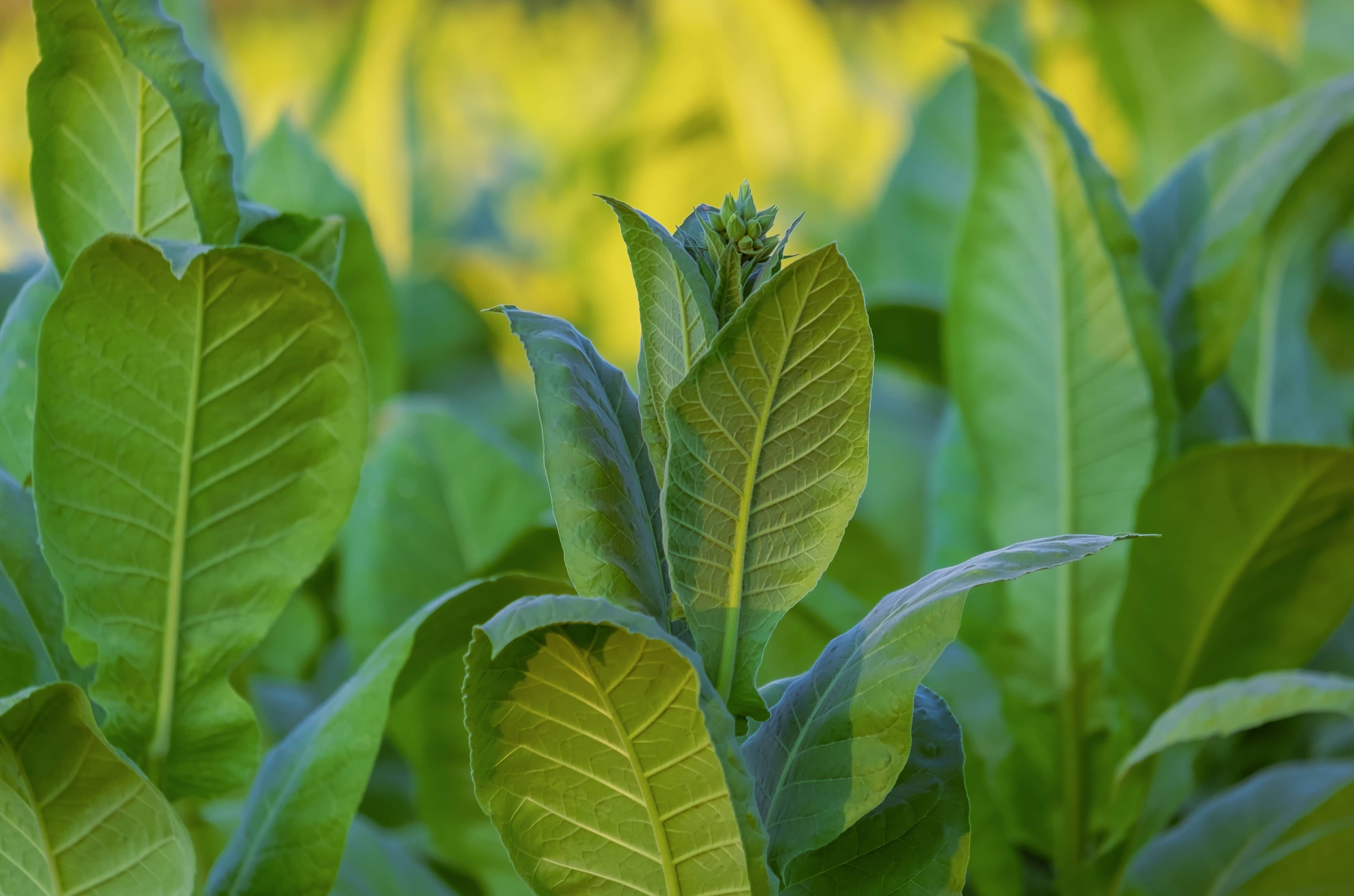
(NAFB) – Seeding has begun in the Deep South, says J. Michael Moore. Florida growers will begin transplanting around March 20.
“We had warm weather last week, so plants in Florida may be ready sooner,” says Moore. But most Georgians won’t plant till the first week of April or later in order to help in control of tomato spotted will virus. Plants should be available by then.
Georgia grower depend on commercial seedlings produced by just a few commercial growers. Farmers placed their orders for seed in mid January or later. If the commercial growers did not set out enough seeds to fill the eventual demand, there could well be a shortage.
Fortunately, so far, there have been very few issues in the greenhouses in any of the three states. The weather has been good in all three states. In South Carolina, seeding is complete, says William Hardee, S.C. Extension tobacco specialist, and most farmers have finished bedding land for their contracted acres. The weather has been favorable so far, and Hardee says the chances are good that transplanting can start the first or second week of April. But the uncertainty of contracting could slow progress as farmers are reluctant to burn fuel and apply expensive fumigants without a commitment from their companies.
In North Carolina, the flue-cured crop is being seeded about as late as Extension specialist Matthew Vann can remember, with some greenhouses sitting empty in mid March. This could turn into a big problem at setting.
“If the expected contract volume materializes, we’ll need more plants, and there is little time left to produce them,” he says. It may not be possible to obtain plants or at least as many as in the past unless growers make obligations now.
“There will be no extra supply of plants this year.” Transplanting could get going in the next few weeks. “We have had good weather and other conditions thus far, so I don’t see why we won’t be in the field on time” says Vann.
If contracts are available, Tennesseans might plant about the same acreage as last year. In Kentucky, a few burley contracts have been issued recently, says Bob Pearce, Kentucky Extension tobacco specialist, but he hasn’t heard the terms yet. A few greenhouses have been seeded. Most seeding is still two or three weeks away. But there are no firm numbers on planting intentions. Some farmers have said they will not plant tobacco this season no matter what happens from here on, notes Pearce.
“Dark air-cured growers frequently cure their tobacco in burley barns.”
There are plenty of empty burley barns. In Tennessee, dark fire-cured might account for two thirds of all acreage in the state, with burley and fire-cured accounting for the rest, more or less equally, according to Extension estimates. That doesn’t include cigar wrapper, which may account for only a small acreage. The interest in Connecticut broadleaf seems to have dwindled.
The Malawi Times reported that in recent years, the annual rains have been starting later and later. This causes delayed development of plants and forces the growers to leave plants in the plantbeds longer than agronomically desirable. Stakeholders in the tobacco industry have expressed fear that the country may not be able to produce enough (leaf) to meet demand.
“We are doing everything we can do to minimize the impact, but this is at a higher cost,” said Abiel Kalima Banda, president of TAMA, the national growers association. “We will not be able to meet the demand but we will try to reduce the gap.” Malawi’s tobacco is mostly burley.
